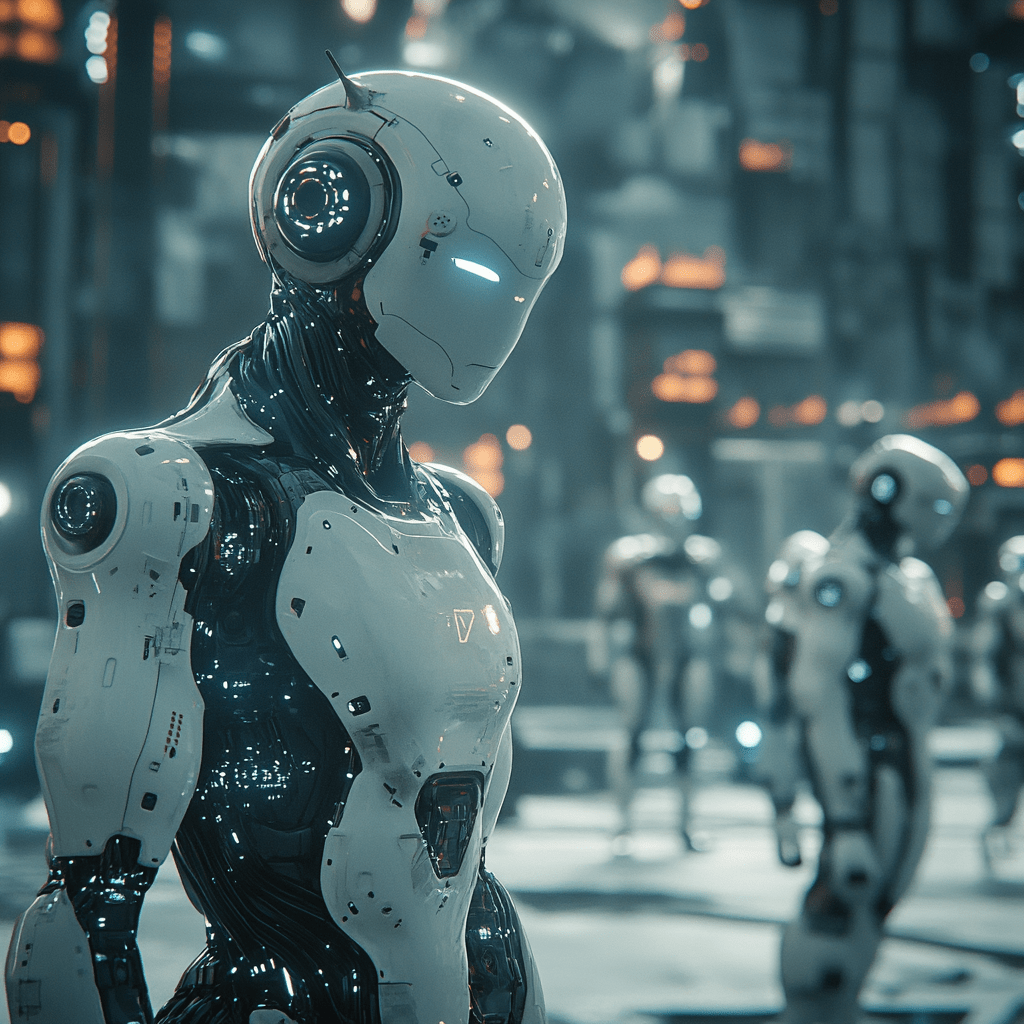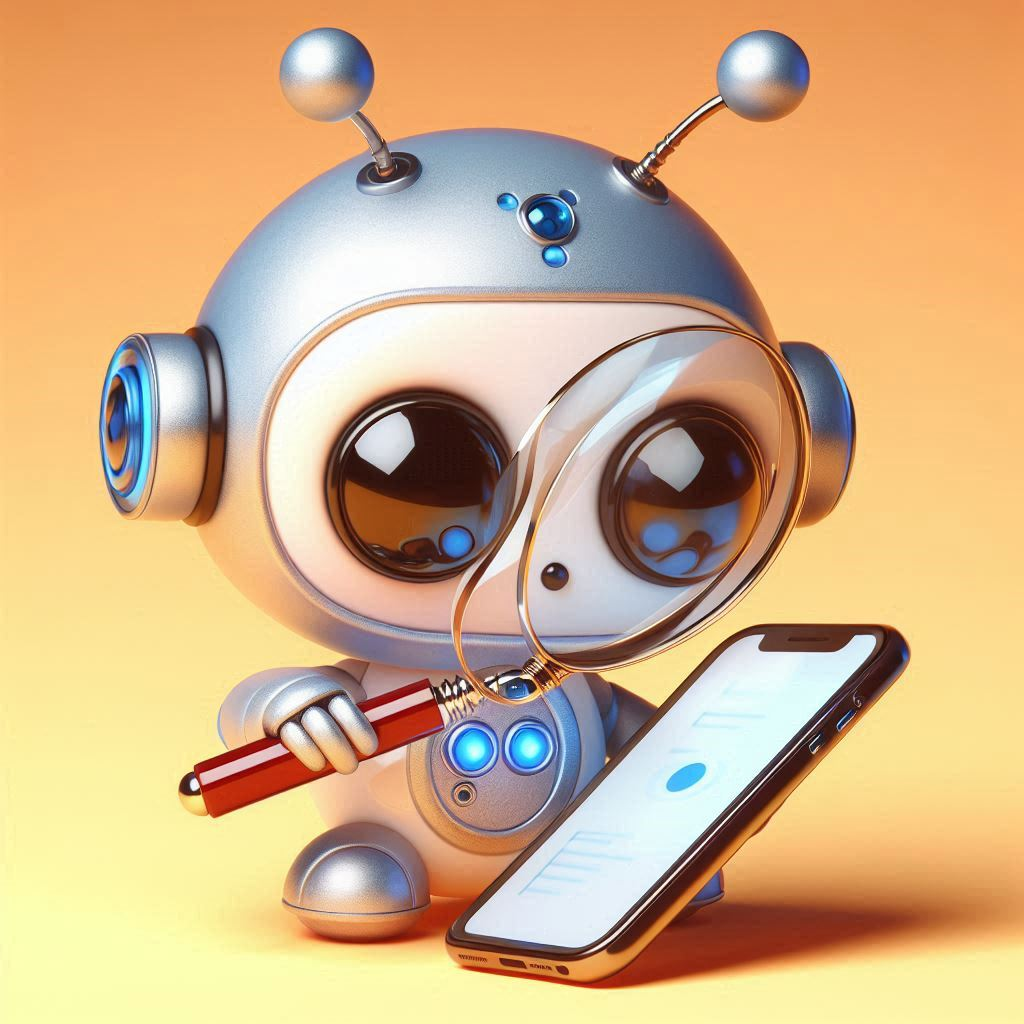OpenAI GPT-4o Dominates Chatbot Arena
The advent of cutting-edge AI technology has been both exhilarating and enigmatic, with recent developments shrouded in mystery and speculation. In a whirlwind of events, OpenAI’s newest creation, the GPT-4o AI model, has taken the world by storm, emerging as a chart-topping sensation on the Chatbot Arena. The revelation came as OpenAI employee William Fedus confirmed the identity of the elusive “gpt-chatbot” that had been causing ripples of intrigue among experts.

“GPT-4o is our new state-of-the-art frontier model,” Fedus declared, shedding light on the enigmatic entity that had been making waves under various guises on the LMSYS Chatbot Arena. This online platform, where users engage in conversations with AI language models, serves as a hotspot for testing and benchmarking AI capabilities. Fedus’s revolution marked a significant milestone in the evolution of AI technology, showcasing the prowess of GPT-4o as it soared to the pinnacle of the leaderboard, achieving unprecedented scores.
The emergence of the gpt2-chatbot models earlier on had sparked speculation and bewilderment within the AI community. With its sudden appearance and cryptic presence on the Arena, questions swirled about its origins and capabilities. Some speculated that it could be a precursor to OpenAI’s highly anticipated GPT-4.5 or even GPT-5, while others pondered whether it was a revamped version of the famed GPT-2 model, trained using novel techniques. The lack of transparency surrounding its testing process only added fuel to the fire, leaving experts like AI researcher Simon Willison frustrated with the ambiguity.
Nevertheless, the intrigue surrounding the gpt2-chatbot intensified as rumours circulated about its exceptional performance and remarkable abilities. Reports of its uncanny reasoning skills and adept handling of complex queries spread like wildfire across social media platforms, igniting a frenzy of excitement among enthusiasts. Yet, as enthusiasts clamoured to unravel its mysteries, doubts lingered about its true identity and capabilities.
Despite the speculation and hype surrounding the gpt2-chatbot, firsthand experiences revealed a mixed bag of results. While some hailed its capabilities as groundbreaking, others found its performance underwhelming compared to established models like GPT-4 Turbo. The discrepancy between expectations and reality underscored the challenges of accurately assessing AI models and their true potential. As AI benchmarks continue to evolve, the reliance on subjective assessments and “vibes” remains a prevalent issue, casting a shadow of uncertainty over the landscape of AI research and development.
The unveiling of GPT-4o marked a watershed moment in the ongoing saga of AI innovation, showcasing the relentless pursuit of excellence and pushing the boundaries of what is possible. Its meteoric rise to dominance on the Chatbot Arena served as a testament to the dedication and ingenuity of the team behind it. As the AI landscape continues to evolve, one thing remains clear: the journey towards AI supremacy is fraught with challenges and uncertainties, but the rewards are boundless for those bold enough to venture into the unknown.
In this era of rapid technological advancement, the emergence of GPT-4o not only showcases the remarkable progress in AI research and development but also underscores the profound impact of artificial intelligence on society at large. As we stand on the precipice of a new frontier, it is imperative that we approach this transformative technology with both caution and optimism. While the potential benefits are vast, ranging from enhanced communication to improved productivity, we must also remain vigilant against the ethical and societal implications that accompany such advancements.
As we navigate the complexities of the AI landscape, it is essential to prioritise transparency, accountability, and ethical stewardship. By fostering open dialogue and collaboration among researchers, policymakers, and industry stakeholders, we can ensure that AI technologies are developed and deployed in a responsible and equitable manner. Moreover, as we harness the power of AI to tackle some of the world’s most pressing challenges, including climate change, healthcare disparities, and socioeconomic inequality, let us not lose sight of the human element at the heart of it all.
Ultimately, the journey towards AI supremacy is not just about pushing the boundaries of technological innovation; it is about shaping a future where AI serves as a force for good, empowering individuals and communities to thrive in an increasingly complex and interconnected world. As we embark on this journey together, let us embrace the possibilities that lie ahead and strive to build a future where AI technology enriches and enhances the human experience for generations to come.
In conclusion, the emergence of GPT-4o heralds a new era of AI innovation, setting the stage for unprecedented advancements in natural language processing and understanding. While questions may linger about its origins and capabilities, one thing is certain: the age of intelligent machines is upon us, and the possibilities are limitless. As we embark on this transformative journey, let us embrace the opportunities that lie ahead and unlock the full potential of AI technology for the benefit of humanity.
In this era of rapid technological advancement, the emergence of GPT-4o not only showcases the remarkable progress in AI research and development but also underscores the profound impact of artificial intelligence on society at large. As we stand on the precipice of a new frontier, it is imperative that we approach this transformative technology with both caution and optimism. While the potential benefits are vast, ranging from enhanced communication to improved productivity, we must also remain vigilant against the ethical and societal implications that accompany such advancements.
As we navigate the complexities of the AI landscape, it is essential to prioritise transparency, accountability, and ethical stewardship. By fostering open dialogue and collaboration among researchers, policymakers, and industry stakeholders, we can ensure that AI technologies are developed and deployed in a responsible and equitable manner. Moreover, as we harness the power of AI to tackle some of the world’s most pressing challenges, including climate change, healthcare disparities, and socioeconomic inequality, let us not lose sight of the human element at the heart of it all.
In the pursuit of AI supremacy, it is crucial to recognize that technological innovation alone is not enough to address the multifaceted issues facing society. We must also cultivate a culture of inclusivity and diversity within the AI community, ensuring that the voices of marginalised groups are heard and represented in the development process. By embracing a holistic approach to AI research and application, we can leverage the full spectrum of human ingenuity and creativity to build a future that is both technologically advanced and ethically sound.
Ultimately, the journey towards AI supremacy is not just about pushing the boundaries of technological innovation; it is about shaping a future where AI serves as a force for good, empowering individuals and communities to thrive in an increasingly complex and interconnected world. As we embark on this journey together, let us embrace the possibilities that lie ahead and strive to build a future where AI technology enriches and enhances the human experience for generations to come. Through collaboration, innovation, and a steadfast commitment to ethical principles, we can pave the way for a brighter and more inclusive future powered by artificial intelligence.
for all my daily news and tips on AI, Emerging technologies at the intersection of humans, just sign up for my FREE newsletter at www.robotpigeon.be






